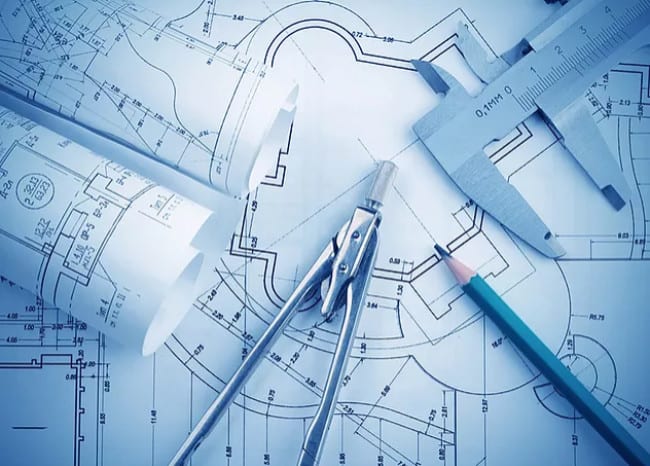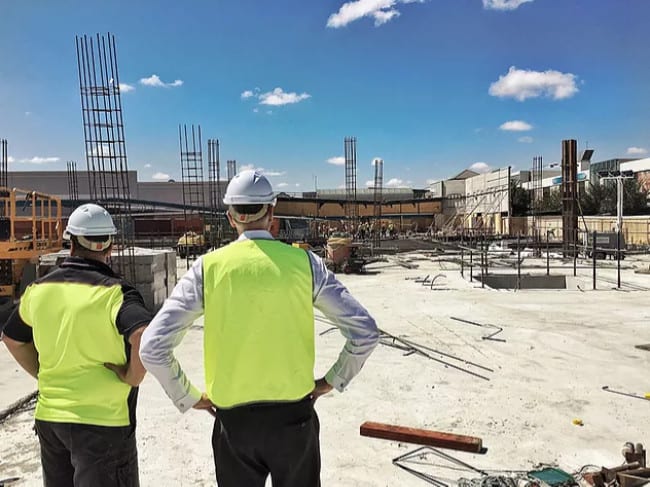Aiming for 10 per cent budget contingency on every project is no longer enough for construction site estimators who want to be best in their class. Faster-moving projects and more advanced estimation methods are changing the way individuals and organisations source steel construction materials. Here, we lay out the challenges facing estimators, and offers three tips for finishing on time and on budget.
What challenges do construction site estimators face?
Construction site estimators face three main factors that can impact their ability to perform:
- Time: KPMG’s Global Construction Project Owner’s Survey claims that ‘fast-moving projects with limited time to develop accurately estimate costs’ are one of the major concerns of industry operators. Before a brick is laid, estimators need to consider how time will impact the way they source materials and the subsequent cost of materials.
- Complexity: Cost estimation for different types of projects is also challenging. ‘Top-down’ builds have very different material requirements (and therefore cost and time considerations) than construction projects that start from the base.
- Compliance: The construction industry is compliance-strict, and every building product used needs to adhere to Australian Standards for quality and safety. This requires estimators to be confident in the solutions chosen for a project, with good working relationships with expert product suppliers at the heart of this.
These three challenges are universal to all construction estimators, no matter the scale of the project or their level of experience. That makes guidance on how to advance your skill set and negate these issues crucial.
3 tips for construction site estimators

1) Consider all construction project costs
A construction project requires a lot coming together to complete the work on time and to specification. Part of this is delivering a comprehensive cost analysis that considers non-tangible building expenses as well as the dollar-and-cent value of the resources needed to get started.
Construction plans from the architect and project manager should include notes on expected timeframes and contingency budgets. As an example, what are the expectations if there’s a temporary shortage of a given building material at a reasonable price? Will it affect the materials used on the project, or will timelines be altered to accommodate delays? This information will give you the best idea of expectations and how you can match them.
You should also determine the project risks from the outset and factor in these expenses. For example, if the project is on a slope, could adverse weather conditions compromise your base? If so, what are the approximate time delays and repair costs? Discuss these details with the project manager – greater input on risk mitigation will lead to more accurate cost estimation.
Additionally, record and compile information on your past construction projects. Learning from mistakes and successes can help inform your future actions.
2) Account for cost variations and the most effective cost estimating method
Keeping up with trends in the construction market like which fabricated steel products suit particular projects is vital for assessing cost variations. The building materials you sourced on your last build may have changed price or become unsuitable, and will therefore affect what you choose for your current construction project.
Staying informed about cost estimation practices is also key. There are currently three main techniques used:
- Stick cost estimating.
- Cost estimation by hand.
- Unit cost estimating.
The first two practices are, for the most part, outdated. Stick estimating is an accurate way of comprehensively analysing your costs, but can fail if the project plans are incomplete. Similarly, manual cost estimation is time consuming and easily compromised if you miscalculate.

Unit cost estimating is effective in that every element of a construction project is divided into similar components, with approximate and then detailed expenses of performing one unit of work (called unit cost assembly) drawn from there. This method is time-efficient, especially when combined with specialist software applications (like Smartsheet), and highly accurate when checked by a reliable third party.
3) Build good relationships with construction product suppliers
Staying in contact with high-quality suppliers is vital in sourcing the best materials and getting value for money. Having positive professional relationships means you have access to the expertise of your suppliers who can plug gaps in your own knowledge. Best-in-class construction product suppliers don’t just offer you quality solutions that fit Australian Standards’ regulations. They also keep you informed on the state of the market and can warn you about price fluctuations. This kind of insight can save thousands on sourcing potentially redundant or ineffective materials, and be the cutting edge needed to keep your build within budget. That’s what makes starting a partnership with Weldlok essential.
Why partner with Weldlok?
Weldlok of NEPEAN Building & Infrastructure is a respected brand name throughout Australia. We manufacture and supply steel grating, industrial handrail systems, civil drainage products, and expanded and perforated metal for construction projects. Our solutions are used in a variety of industries including mining, civil, commercial, industrial and government sectors. We have something to suit everyone, and we have a dedicated team of product experts including CAD Drafting and Project Estimators ready to provide ongoing support for all of your project needs.
Want to begin a new working relationship with one of Australia’s leading construction product suppliers? Contact the Weldlok team today!

